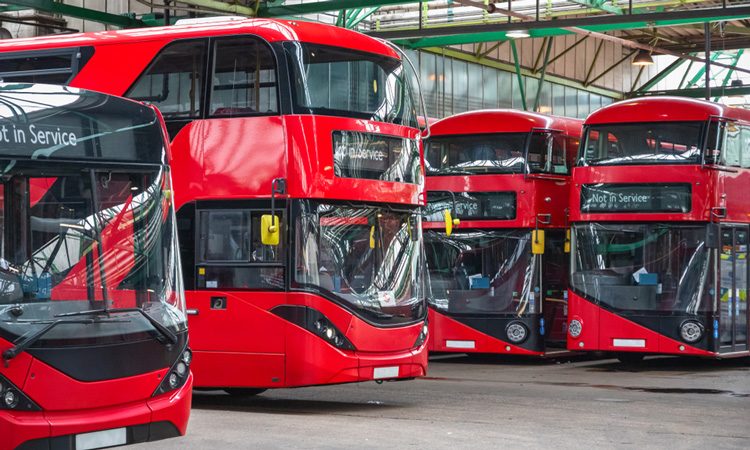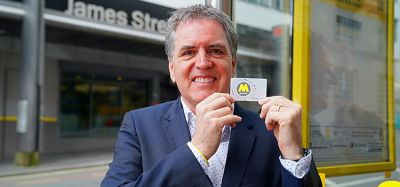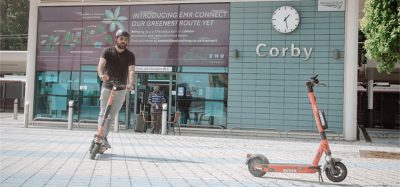According to the study, carried out by the Urban Transport Group, people respond positively to having the same drivers on the same route, being acknowledged by the driver and being able to make eye contact with them, getting help with their queries, being kept informed and being helped to board.
Key findings from the report
The report found that different groups of people have different motivators, barriers and experiences of bus use with users generally being more positive and focusing on practical issues, while non-users are generally more negative and focus more on perceptions.
It discussed how bus users experience a wide spectrum of emotional responses to their use. These range from a sense of pride and trust in services which are reliable and good value for money, to anxiety and irritation whilst waiting for buses to arrive, or feeling unsafe whilst using a bus, travelling to and from, or waiting at bus stops. The report also found that women generally having more negative views towards public transport than men.
The report suggested that the role of the driver emerged as a key factor with the potential to address some of the negative emotional responses to bus travel. Improved emotional satisfaction and connection with bus services could be achieved, for example, if drivers are constant on the same route at the same time; acknowledge passengers and provide eye contact; help with passenger queries; keep customers informed; and help customers onto buses, if needed. The Transport Select Committee’s report recognised the “vital” role drivers play in local services by providing information to passengers.
Cllr Kim Groves, Chair of the West Yorkshire Combined Authority Transport Committee has welcomed the new report on how people in the UK feel about bus travel, and described it as ‘a valuable piece of work’, she said: “As members of the West Yorkshire Bus Alliance, we need to make sure we understand and overcome jointly all the barriers and negative perceptions that are preventing non-users from catching the bus as well as building on users’ positive experiences.
“It’s also important we minimise any anxiety and irritation people feel while using or waiting for buses, as well as challenge the reasons why women view public transport less positively than men.
“I think this report makes clear there is a not a single, easy solution but I do agree with its finding that the role of the driver is key. We ask drivers to get people where they want to be on time, to look after their passengers’ safety, to sell them tickets and to be our public ambassadors. It’s a big ask and, through the Bus Alliance, we should ensure that in turn we are valuing them, supporting them and giving them the skills and tools to do a good job.
“This Urban Transport Group report is a valuable piece of work and I look forward to seeing the future findings on how people spend their time during bus journeys and analysis of the common factors in areas with high bus usage.”
Mick Noone, Director of Integrated Transport at the Liverpool City Region Combined Authority and lead Board member at the Urban Transport Group, said: “Much of the research on why people choose to travel by bus or not focuses on rational decisions around costs, journey times and reliability. But how people feel at a gut level about the experience of bus travel can be just as important in whether they stick with, or abandon, the bus.
“The research also demonstrates that the bus is a unique social space about which different types of people have different positive and negative feelings and perceptions. If, through vehicle design or more support for drivers, we can accentuate what many people like about the bus as a social space, whilst tackling some of the negatives, then we may be able to win more hearts and minds for the bus.’’









